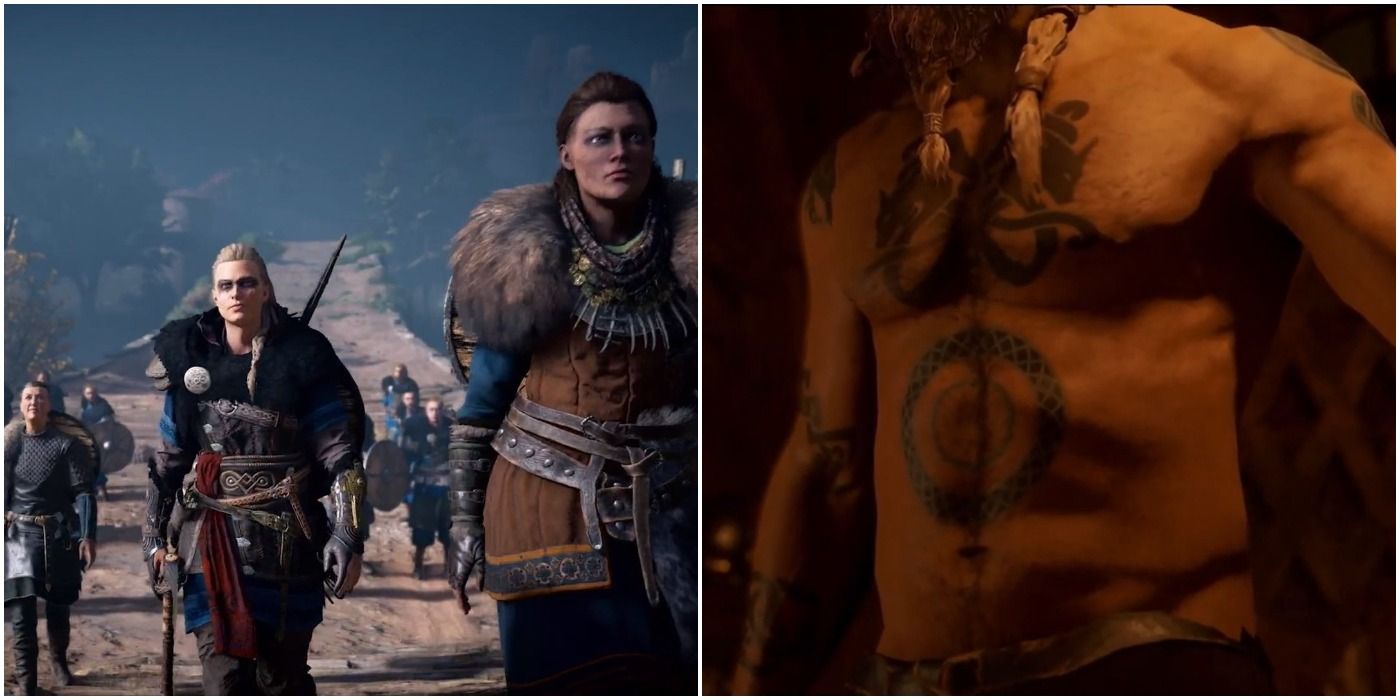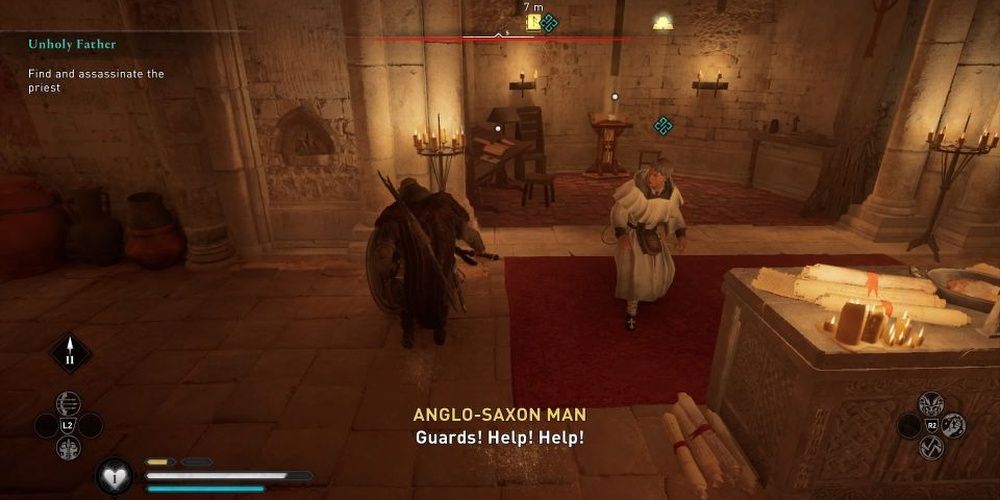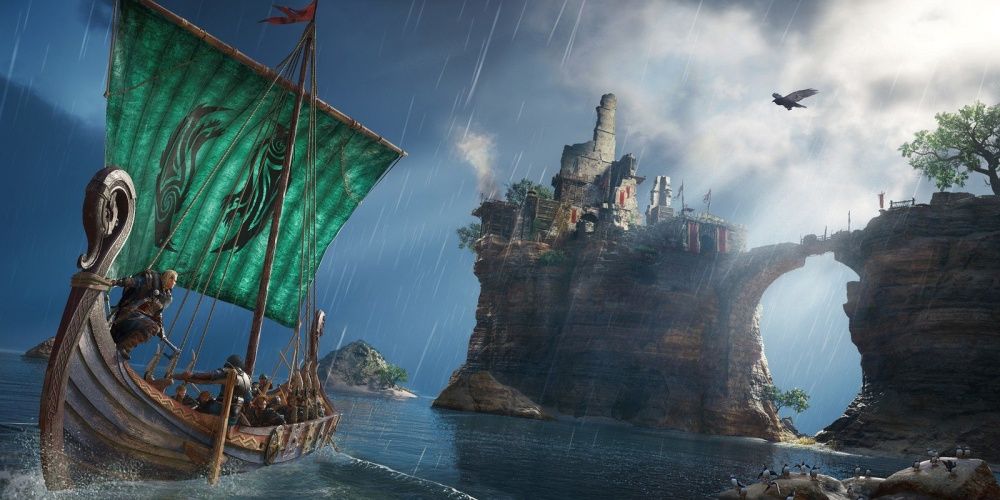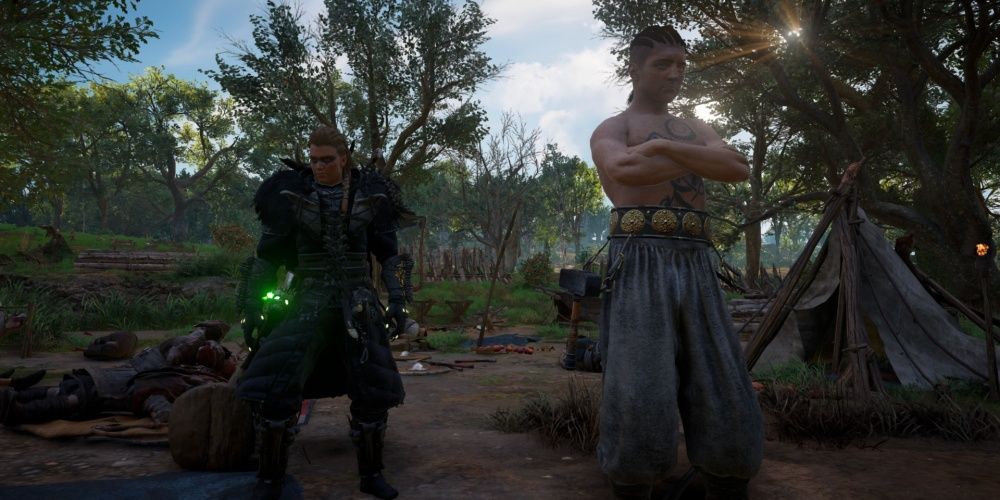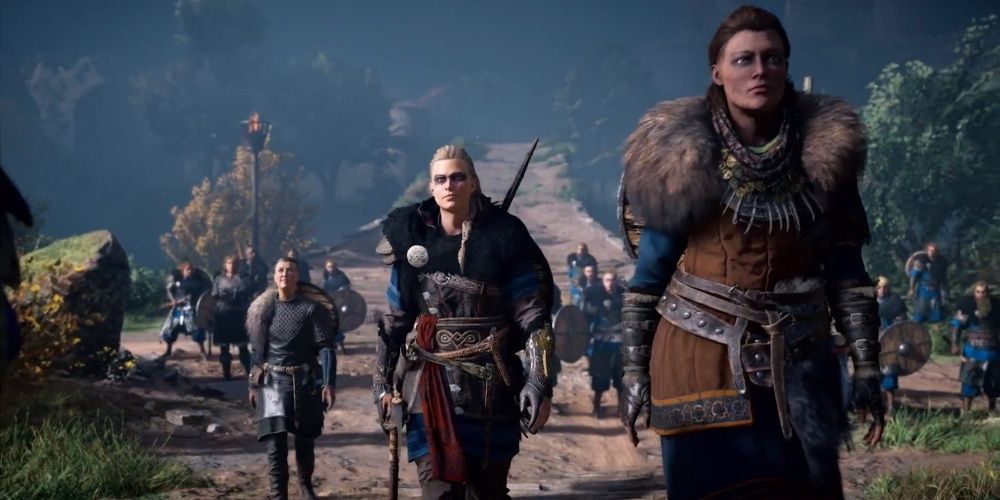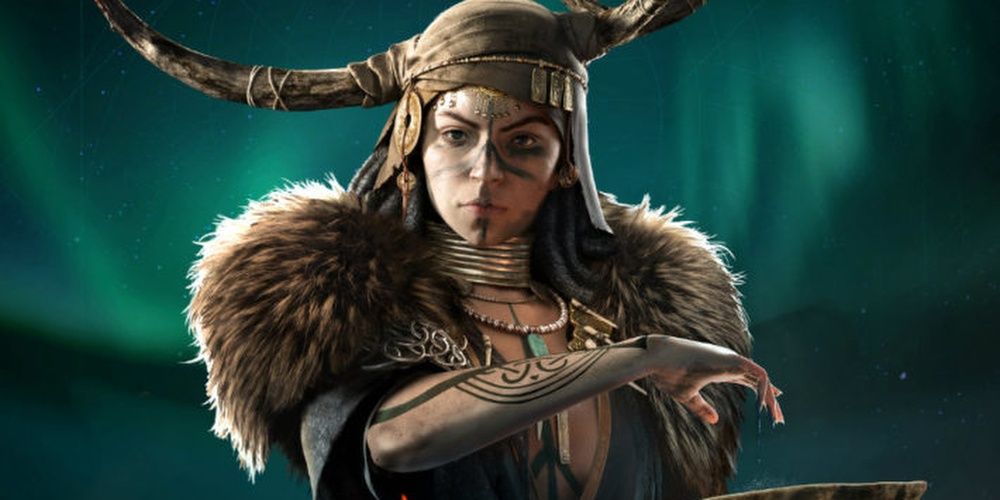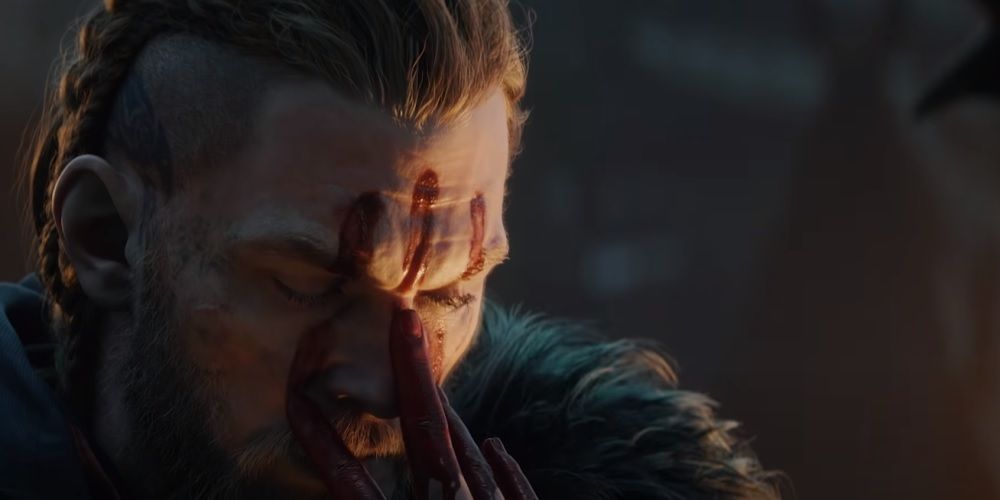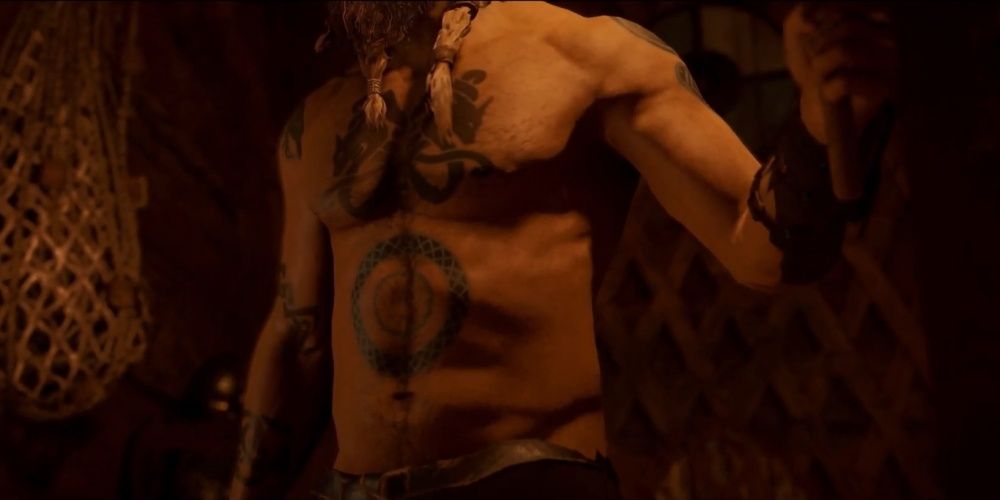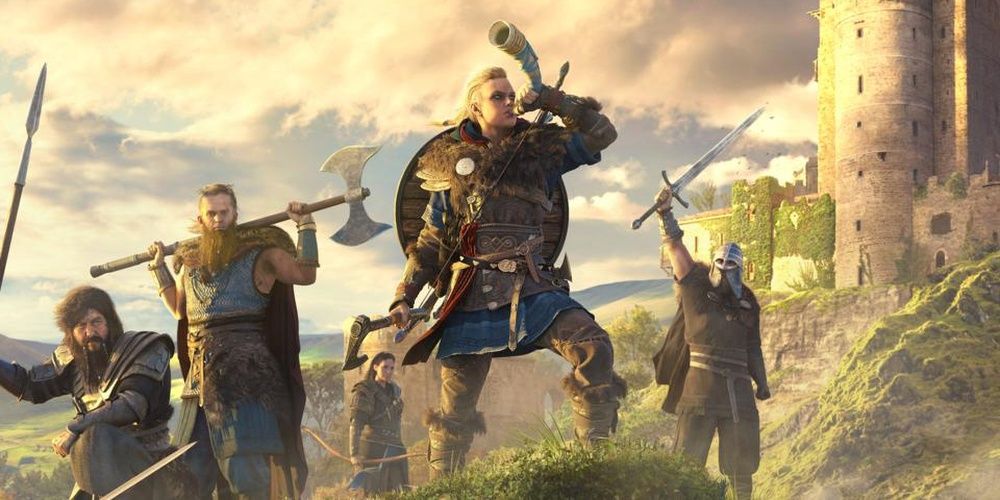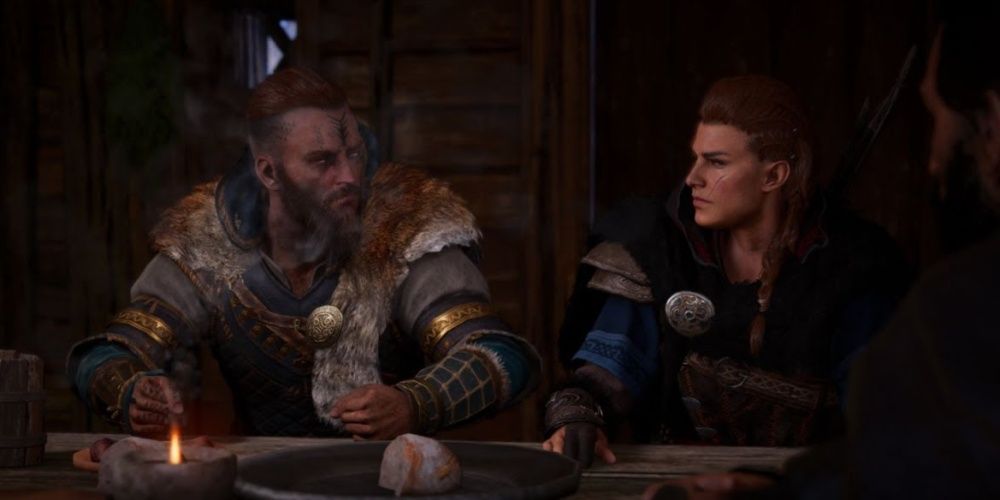The history of the Vikings is less precise than modern historians would like. Among the very few literate people who kept records of anything at all were the priests and friars; the very same priests and friars that the Vikings would butcher and steal from. Naturally, their written depiction is overly barbaric as a result. With a little help from archeology and anthropology, students of the current time are better able to assess more of what their culture was really like.
Assassin's Creed: Valhalla doesn't pretend to be a perfect retelling of the Viking lifestyle. In fairness to the developers at Ubisoft, they have actually done a pretty good job of balancing the limited pieces of information available to them when making their game; there are many facts that they get right. Still, it's important from an educational standpoint to realize the historical inaccuracies in the game.
10 Civilian Casualties
Perhaps due to the clunky gameplay controls, players will end up accidentally killing a civilian or two. As with past installments, this makes the Animus get a little bit glitchy. After three of these errant swings, the system will desynchronize and force players to try again.
Killing civilians was actually part of the experience of being raided, as Odin demanded the blood of his foes with a great deal of regularity. Sometimes the raids were purely to appease this deity's bloodthirstiness and not out of the need for supplies at all.
9 Trading
On the more peaceful side, not every encounter with a Viking involved death and theft. The Vikings were active participants in voluntary trading, which was one of the leading reasons behind their advancements in the field of exploration.
Sigurd comes back from a conquest that is, at least partially, peaceful, so the game gives a nod to this tactic. But in truth, expeditions like Sigmund's were far more frequent than depicted in the game. A regular trading mechanic might have helped add a bit to the RPG experience.
8 Slavery
It is odd that Assassin's Creed Origins and Odyssey would put such emphasis on slavery and yet the concept is all but abandoned in Assassin's Creed Valhalla. Slavery was not a small part of these Viking trades.
It's a tough thing to remember that while players are upgrading their rations in the game, other, less-fortunate souls were in chains and starving. The rest of the word was, of course, far from innocent in the participation of this evil act, but this does not absolve Viking involvement.
7 Crew Composition
Surprisingly, the cat as a member of the crew is an accurate historical detail. An outbreak of mice could doom an expedition and the Vikings brought cats along to take care of that problem. The rest of the crew's depiction could use some alterations, however.
There were, of course, legendary Viking warriors who were ferocious in battle, but only about half of the crew were professional Vikings. The other half was composed of simple farmers and merchants who were forced to raid when crops and trade weren't doing well.
6 Gender Roles
First, some good news: There were indeed female Viking raiders! This was hardly the norm, even in a culture in which the profession was acceptable, but some of their most powerful warriors were women, which is an enlightening fact during a time so closely associated with the dark ages.
Still, Assassin's Creed Valhalla does show quite a bit more progression of feminism than was true to the times, as men still ruled their homes and women were generally expected to tend to the home. It's a refreshing break for the series to give female characters more screen time, but it does come at the expense of historic purity.
5 Seer Garb
The role of Seer in Viking culture could also be fulfilled by men, despite the game's lack of gender diversity in this field. Perhaps the absence of male characters in Assassin Creed Valhalla's Seer occupation is why the robes are a little too revealing.
Vikings and Seers alike, man or woman, had to dress to match the frigid conditions. There are some necessary creative liberties when customizing Eivor's gear, but the additional hues and variety are actually somewhat realistic. History has revealed that the clothing was less drab and more colorful than was originally believed.
4 Blood Sacrifice
The Blót, or blood sacrifice, is depicted in the trailer for Assassin's Creed Valhalla, but only casually referenced in the game. The experience was much less peaceful than either the game or the trailer acknowledge.
The Vikings believed that the practice strengthened them (though they did not believe it made their children huge, that's just a glitch). The process was brutal and involved the death of either a human or animal, then passing around the blood in a bowl and splashing it on the dead creature and themselves.
3 Tattoos
This is a heartbreaker for those who love the extensive tattoos and designs for Eivor in Assassin's Creed Valhalla. It turns out the concept of the Vikings being marked up at all is based on a single reference to a for a ceremony. These markings were likely temporary paints. Archeology has not found that tattooing was a common practice.
However, while the label of "tattoo" might be inaccurate, this actually means that being able to swap out this body art on a whim is astonishingly spot on. If the art was never permanent, players can feel very justified in changing their ink whenever they want and retain Eivor's true Viking spirit.
2 Music
There are so many things that Assassin's Creed Valhalla gets right about the music. The horns are prevalent, the stereotypical drum (which was borrowed from the Irish) has been removed, and the stringed instruments are played on the longboat and by various other characters.
Yet entirely missing is the woodwind section, which was their number one contribution to the world of music. They have some single note horns, which is a start, but the flute and pipes have strangely disappeared.
1 Hygiene
One can hardly blame Ubisoft for making Vikings look filthy and dingy. When anyone thinks of Vikings, they probably imagine the same dirty images and, based on the time period and location, there were plenty of reasons and ways people might be unclean.
Yet the Vikings weren't only well-groomed, they were flat-out pioneers in the realm of personal care, cleanliness, and cosmetics. On top of the discoveries of combs, tweezers, razors, and ear-cleaning devices, historians have learned that they bathed at least weekly, more than any other culture during the time period.

